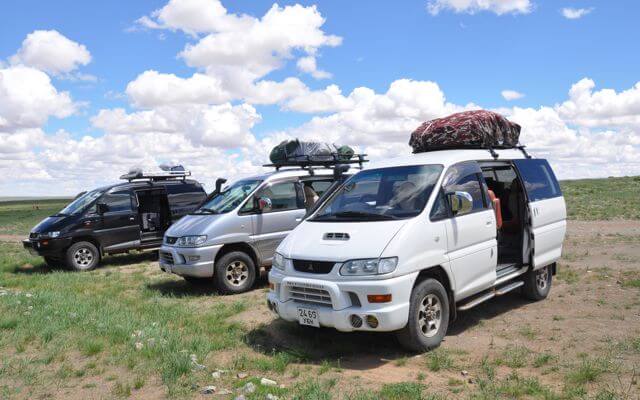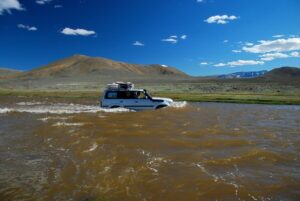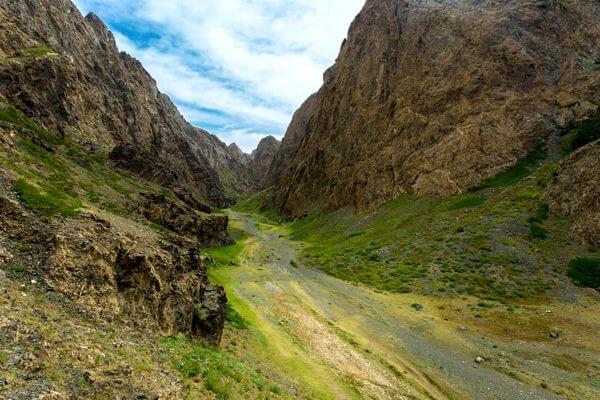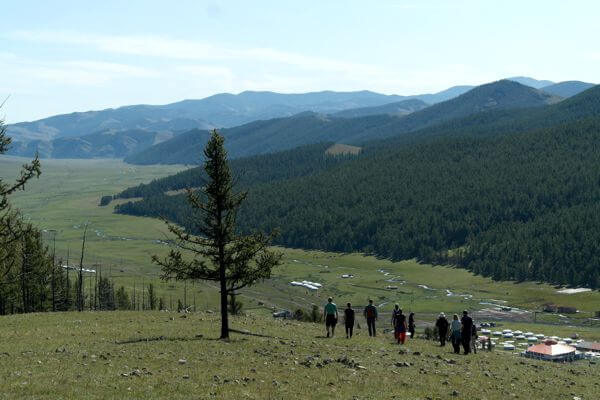Khovsgol Lake & Central Mongolian Grassland


Detailed description

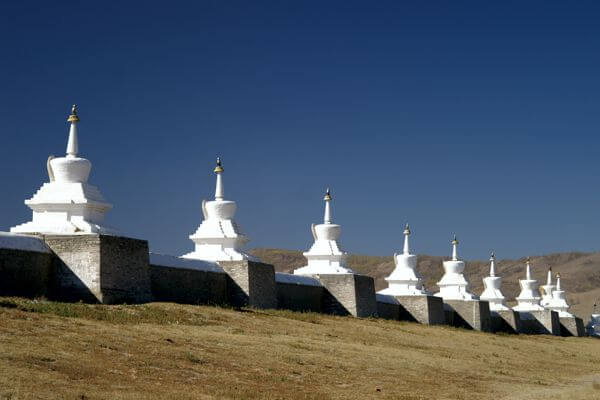
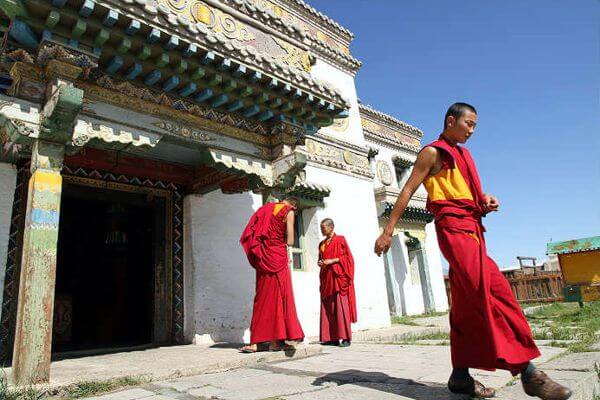
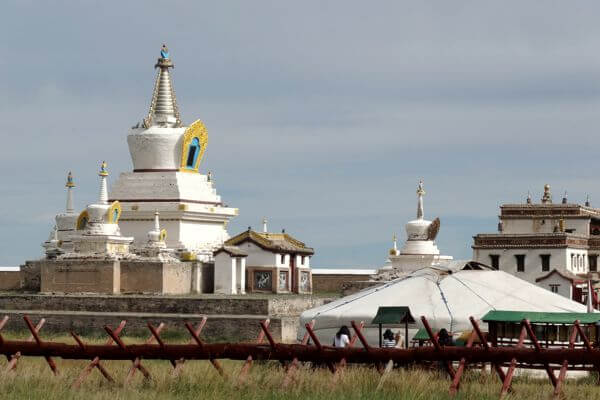
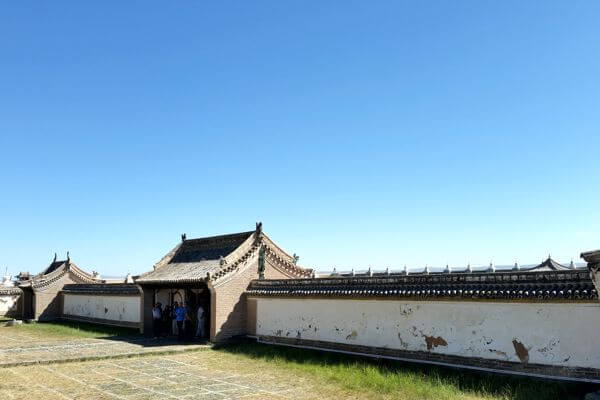
Karakorum (360 km tarmac)
Karakorum was the capital of Genghis Khan’s Mongolian Empire in the thirteenth century. In 1220, Genghis Khan ordered the building of Karakorum on the ruins of Turug and Uigur cities in the Orkhon valley at the eastern end of the Khangai Mountains. During the reign of Ugedei Khan, it was completed 15 years later. The town was very multicultural and culturally accepting.
The silver tree, which was once part of Möngke Khan’s palace, has become Karakorum’s emblem.
From 1220 to 1260, it was at its most prosperous. Karakorum existed as the great capital of the Euro-Asian Empire, with Mongolia at its heart, and as the epicenter of politics, trade, culture, faith, intellect, and diplomacy, as well as the most visible link in international relations.
Between 1260 and 1380, Karakorum lost its status as the capital of the Great Mongolian Empire and became Mongolia’s capital. When Kublai Khan and his younger brother, Ariq Boke, assumed the throne of the Mongol Empire in 1260, they moved their capital to what is now Beijing. Karakorum was reduced to the administrative center of a Yuan Dynasty provincial backwater.
After 110 years after Kublai Khan transferred the Empire capital to China in 1260, the Mongolian Yuan Dynasty fell in 1368, and the center of Mongolian government was shifted to its homeland. It allowed Karakorum to regain its former glory.
The town was captured and destroyed by Ming troops under General Xu Da in 1388.
Nothing remains of this legendary city today.
When Abtai Sain Khan and his brother, Lord Tumenkhen, went to the 3rd Dalai Lama in 1580 to express their desire to create a temple in Mongolia, he advised them to restore an old temple in Karakorum. The Main Zuu temple of Erdene Zuu monastery is a temple in Takhai ruins that was restored in 1588 at the Dalai Lama’s suggestion.
Erdene Zuu Monastery is now all that is left of what was once a massive monastery with 100 temples and over 1.000 lamas. You’ll walk around the grounds of Erdene Zuu Monastery, which is encircled by huge 400 m X 400 m walls. You will be guided around the 3 remaining temples: the Dalai Lama, Zuu of Buddha and Lavrin Temple.
The Karakorum Archaeological Museum will be another stop on your itinerary. It’s a tiny museum, but it’s housed in a new, well-run structure with good lighting and simple English labels on display cases. The displays contain hundreds of artefacts from the 13th and 14th centuries that were discovered in the immediate region, as well as those from other provinces’ archaeological sites, including prehistoric stone tools. Pottery, bronzes, coins, religious sculptures, and stone inscriptions are among the objects on display. A half-excavated kiln is also sunk into the museum floor. The scale model of ancient Karakorum, which attempts to reflect the city as it would have existed in the 1250s and is based on descriptions written by the French missionary William of Rubruck, is perhaps the most intriguing. A Turkic noble tomb with wall paintings and artefacts, including gold objects and jewels, is on display in another chamber. A short video of the actual burial site is available.
You can also visit the Turtle Rock and the Phallic Rock, as well as a small market that showcases local artists’ work.

Orkhon valley and waterfall (180 km off-road)
Tovkhon Monastery, established in the 1650s by Zanabazar, one of Mongolia’s most revered religious leaders, may be an optional stop. The monastery’s wooden structures are combined with a natural cave system situated near a hilltop with breathtaking views of the Orkhon Valley and surrounding pine forests. A hill is formed on the top of the cliff by a pile of stones used to worship a mountain god. It is also known as Ovoo.
UNESCO has designated the valley as a world cultural heritage site because of ancient artifacts dating back to the early 6th century and even earlier. Moreover, the great Mongol empire expanded its capital Karakorum here from the 12th to 13th centuries. Furthermore, the pasture nomadic lifestyle has persisted, preserving both the historic and nomadic perspectives on life.
During the Quaternary period, a volcano erupted near the mouth of the Tsagaan Azarga, also known as the White Stallion River, and the lava flowed down the Orkhon valley, creating a 10-meter-thick layer of basaltic rocks.The Orkhon River cut through the basaltic layer twice, resulting in the formation of the canyon.
The 20-meter-high, 10-meter-wide waterfall marks the beginning of this canyon. The most daring of you will descend the canyon and swim in the lake at the base of the waterfall.
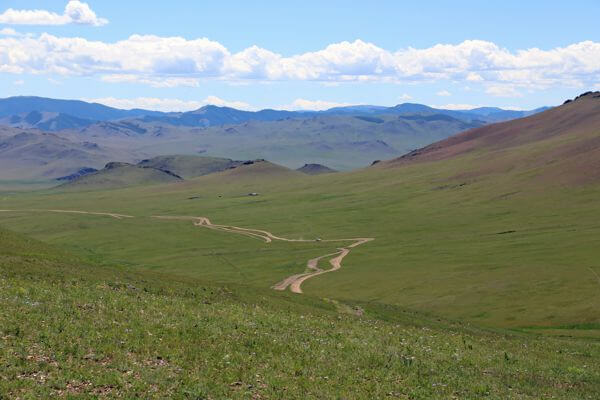

Tsenher Hot Spring (220 km off-road)
You will travel westward toward the Khangai Mountains. The Khangai Mountains are 2500-3000 meters above sea level and are largely made up of Palaeozoic period granite, intrusive chert, and sandstone. The Khangai Mountains stretch for about 800 kilometers from Zavkhan province to Tuv province. They act as the world’s water system’s continental divide.
For herds of horses, yaks, and cows, the green mountainsides and a network of smaller and larger rivers provide excellent pastureland.
You will arrive at Tsenkher hot spring resort in the afternoon. This resort gives its guests access to a large open-air pool. The pool’s hot water comes from a hot water spring that runs continuously. The water is over 80 degrees Celsius in the spring. The temperature of the water is regulated by a complex pipeline system. Some people will sit in the pool for hours, conversing with their mates while looking at the stars or scanning the nighttime landscape around them.
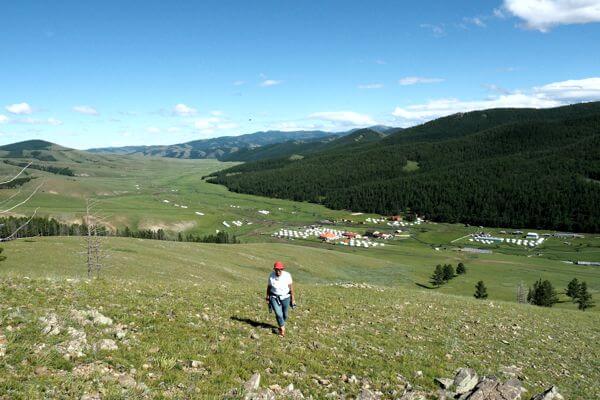

Khorgo-Terkhiin Tsagaan Nuur National Park (30 km off-road 180 km tarmac)
Tsetserleg, the capital city of Arkhangai province, will be reached shortly before lunch. It’s a charming little town nestled among forested hills. The town’s main functioning monastery, Buyandelgeruulekh Monastery, and the Arkhangai Museum, located in Zayaiin Gegeenii Monastery, are both worth visiting. You can walk up the hill from the museum to a small abandoned monastery and enjoy the magnificent view of Tsetserleg and the surrounding hills. For a local lunch, look for small restaurants. You will arrive at Terkhiin Tsagaan Lake in the evening. It is one of the country’s most beautiful lakes. The lake was formed by lava flows from a millennia-old volcanic eruption and is surrounded by extinct and craterous volcanoes. The landscape is coated with black volcanic rocks as a result of the volcano eruptions.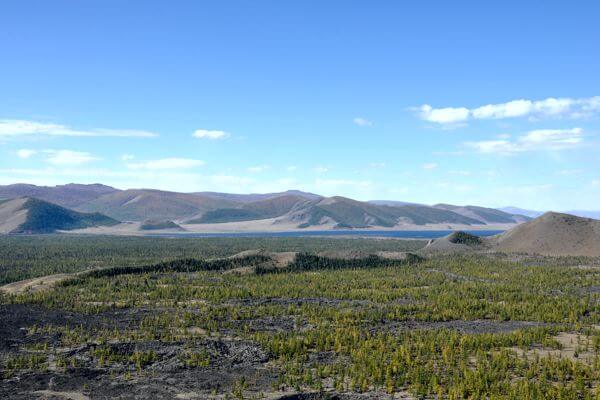

Khorgo-Terkhiin Tsagaan Nuur National Park
The Terkhiin Tsagaan Lake is a perfect place to unwind today.
You can go on an excursion to the top of the Khorgo Uul Volcano in the morning. Khorgo Peak, a volcanic field, is about 4 kilometers from the lake. The volcano crater is 200 meters wide and 100 meters deep, and it is surrounded by trees at the back and around the opening. There are numerous basaltic “Gers” formed during the cooling of lava to the south of Khorgo Mountain; some of the Gers have gates and upper holes and exceed 1.7 m in height.
You may also visit the Single Man cave, which is small on the outside but very large on the inside. Afternoons are ideal for planning optional events such as valley trekking, lake boating, swimming, horseback riding, or visiting a nearby family to learn about nomadic life.
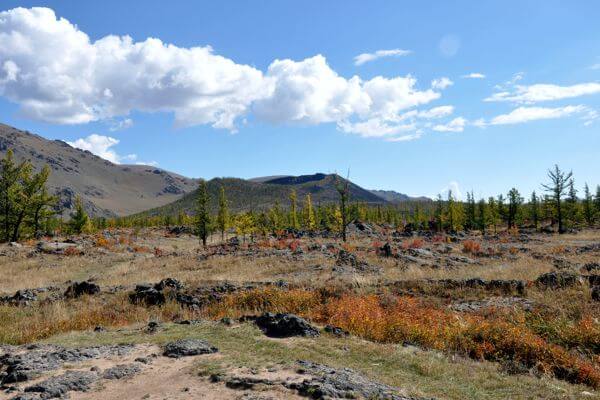

Zuun Nuur (250 km off-road)
To get to Khovsgol Lake, you’ll have to drive for two days straight north through the central grasslands, passing huge herds of horses, cows, and yaks. You’ll pass through many rivers, both small and wide, all of which are teeming with fish.At night you will make your way to Dzuun, a small lost lake in the Mongolian steppes. On the lake, you’ll have the opportunity to see a variety of water birds.
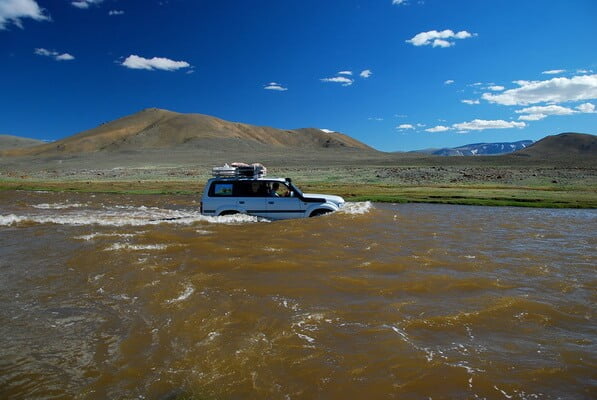

Khovsgol Lake (150 km off-road, 100 km tarmac)
By lunchtime today, you will have arrived in Moron, the capital of the Khovsgol province. The Uushgiin Deer Stone complex can be visited along the way. It is a prehistoric site with a collection of deer stones. These deer stones and burial mounds are examples of prehistoric folk art. After visiting the site, we continued to drive until we arrived at Khovsgol Lake late in the evening.
Khovsgol Lake is Mongolia’s blue pearl. It’s a massive 2.760 square km alpine lake (130 km long and 40 km wide), surrounded by 2.000-meter-high mountain chains, dense pine forests, and lush meadows with grazing yaks and horses. The lake receives crystal clear water from over 100 small rivers and streams. Only one river, the Egiin, flows out of the lake, and its waters eventually reach Baikal Lake. About 1.5 percent of the world’s fresh water is contained in the lake (excluding water contained in the icecaps). The lake and rivers are home to a dozen different fish species, such as Sturgeon, grayling, lennok, salmon, taimon, and other well-known species.
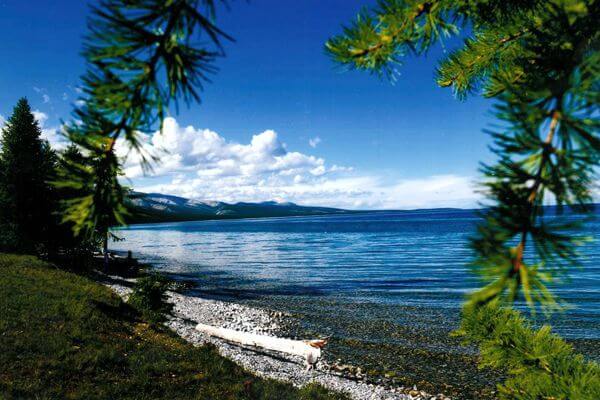

Khovsgol Lake
Spend the day exploring the lakeshore and the mountains surrounding it. Horseback riding, visiting reindeer families, hiking, and canoeing will be available to those who are interested (if weather permits). There’s a good chance we’ll run into some Tsaatan families living along Khovsgol Lake’s shores. Shamanism, an ancient spiritual tradition focused on nature worship, directs their peculiar way of life, which is oriented and organized around reindeer.
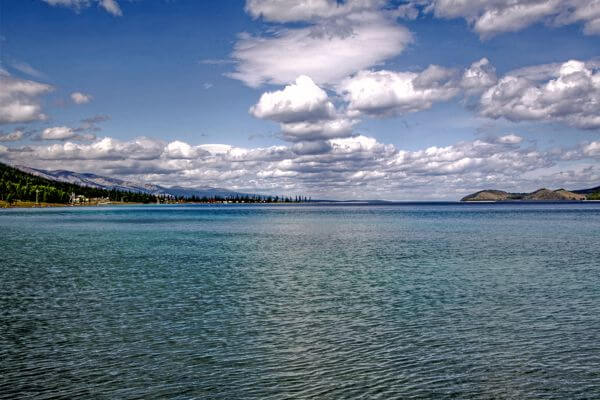

Selenge River (270 km tarmac)
Take the road south-eastwards to Amarbayasgalant Monastery after enjoying a rest day along the Khovsgol Lake. This journey will take you two days across Mongolian grasslands, culminating in an evening arrival at Amarbayasgalant Monastery on the 3rd
. Mongolia’s main river is the Selenge. The latter is created by the confluence of the Ider and Delger rivers, which rise on the Khangai Mountain Range’s northern slope. The river is 992 kilometers long and streams into Lake Baikal in Siberia, with 593 kilometers flowing through Mongolian territory. The Selenge is fed by three main rivers: the Orkhon, Yeroo, and Tamir. This river has an annual discharge of 9.3 cubic kilometers, accounting for 30.6 percent of Mongolia’s total river flow.
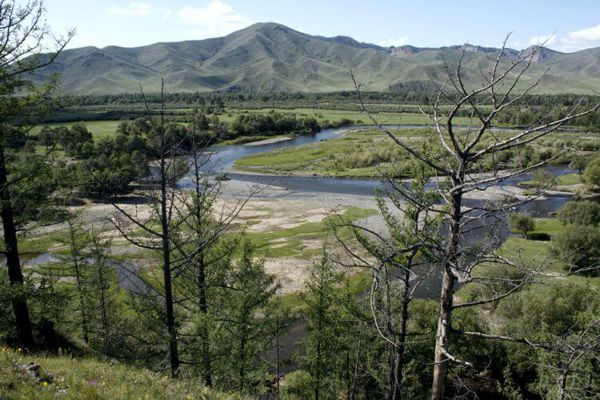

Uran-Togoo Tulga Uul Natural Reserve, Bulgan (200 km tarmac)
The extinct volcano of Uran Uul and nearby Togoo Uul, located 60 kilometers west of Bulgan city, are now part of the 1600-hectare Uran-Togoo Tulga Uul Natural Reserve in the Khutag-Ondor sum (district).
The west side of the volcano has trails that lead to the summit. There are some pleasant accessible camping sites available, as well as a breathtaking view.
A crater, 500 to 600 meters wide and 50 meters deep, sits atop the extinct volcano, filled with a shallow “crater lake” about 20 meters in diameter.
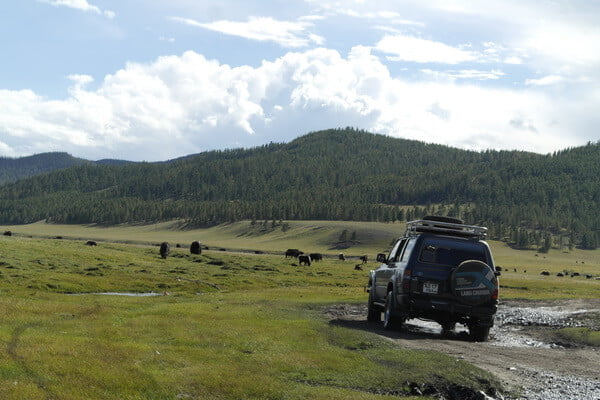

Amarbaysgalant (50 km off-road, 200 km tarmac)
You’ll arrive at Amarbayasgalant Monastery after a third day of driving from Khovsgol Lake. The monastery is tucked away in a beautiful valley surrounded by mountains. Amarbayasgalant Monastery is Mongolia’s second most significant monastery and most intact architectural complex, after Erdene Zuu Monastery. The monastery was dedicated to the great Mongolian Buddhist Zanabazar by the Manchu emperor Yongzheng in the 18th century.
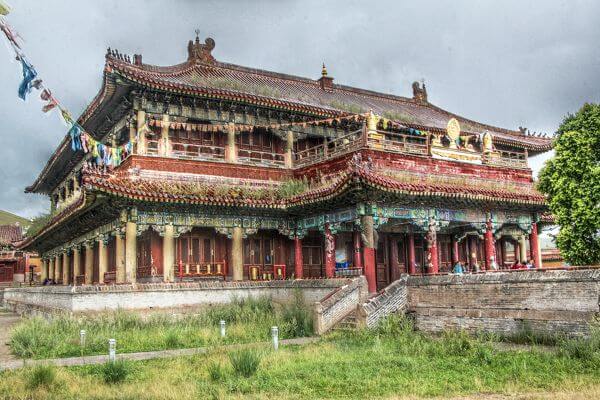

Ulaanbaatar (380 km tarmac)
Finally return to Ulaanbaatar. There you can use your free afternoon to visit all of the places you haven’t seen yet. You may as well go see the lovely cultural show, take in the lively and rhythmic Mongolian dance, throat singing, and contortionists.
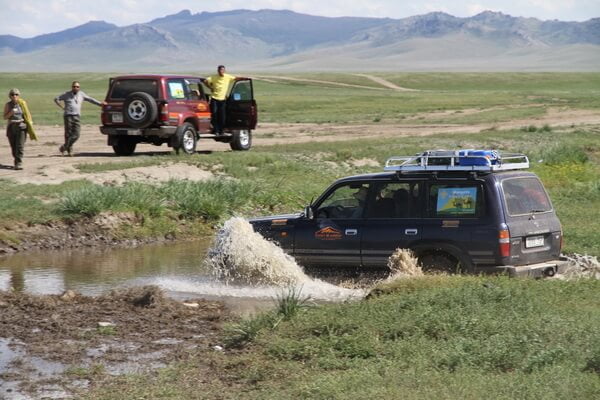
INCLUDED
- Vehicle chosen
- Vehicle Insurance
- Camping Equipment
- Kitchen Equipment
- Vehicle tools
- Spare tyres
- GPS
- Map
NOT INCLUDED
-
Medical, trip insurance and
evacuation costs - Passenger & 3rd party insurance
